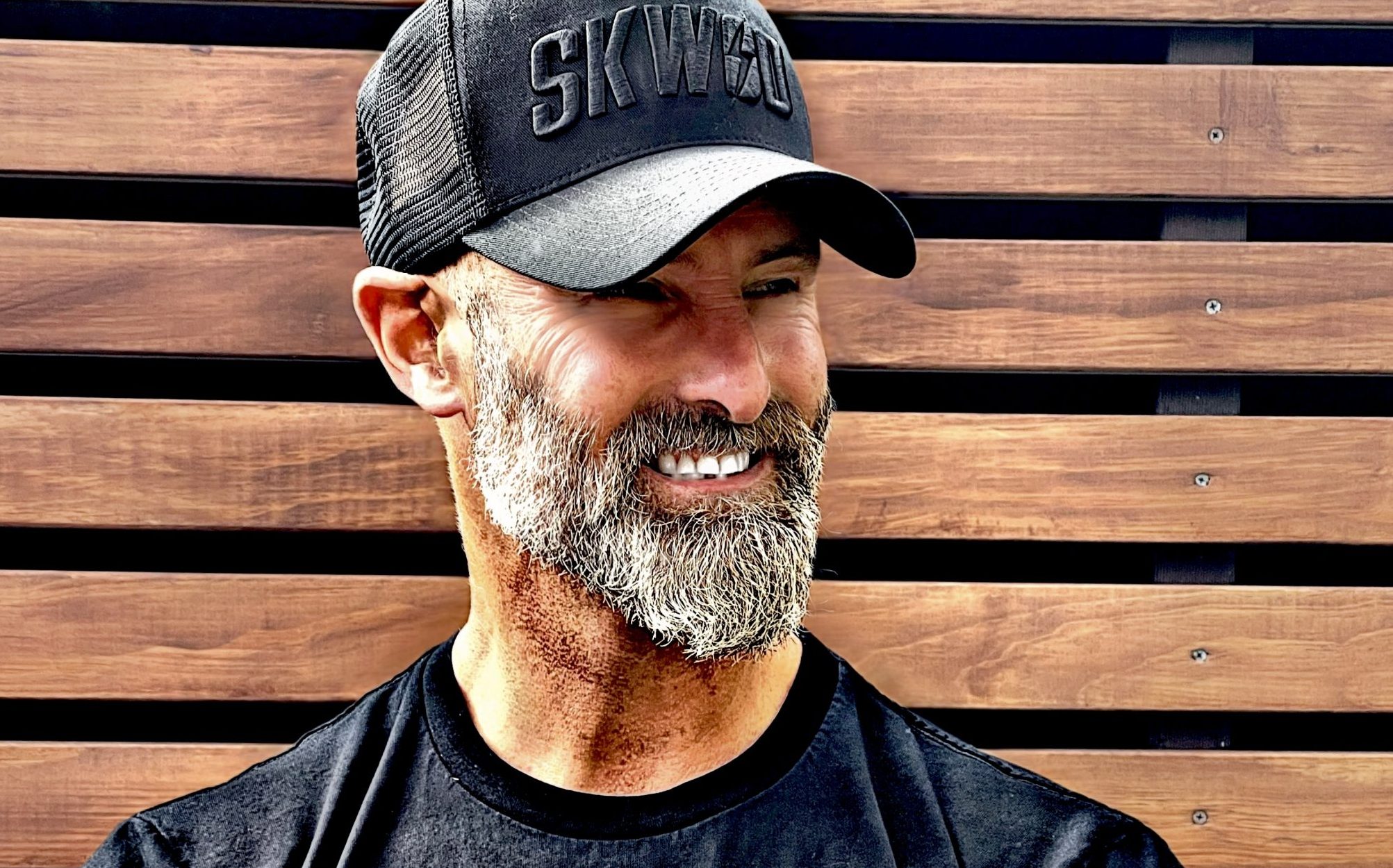9 Ways the Latest Rate Cuts Can Save You $10,000 a Year
Interest rate cuts are finally giving homeowners breathing room—but how you use the savings can make a big difference.
After years of rising repayments, Australians are finally seeing interest rates ease. February’s 0.25 percentage point cut shaved $76 a month off a $500,000 mortgage repayment, but the total savings could be more than $1,000 a year. With that extra money now flowing through, smart moves can turn small monthly savings into thousands over time.
1. Refinance your loan
Lower rates mean better borrowing power and increased competition by lenders for customers. As such, it’s a great time to consider refinancing.
You could double (or more!) the size of this rate cut – especially if your pay recently increased or your costs decreased, such as no more school fees after a child graduates.
Potential difference: $151.42 monthly savings by doubling the official rate cut to 5.55 per cent on a $500,000 mortgage.
2. Keep repayments the same
Just because rates have come down doesn’t mean you have to pay that new amount.
If you can afford to, keep your repayments the same. The extra amount you’re paying will chip away at the principal loan balance faster, meaning the amount you owe decreases and less interest accrues in future.
Potential difference: $26,588.07 saved over 25 years on a $500,000 mortgage. Over time, the savings would be 2.37 years of interest saved, which is over $60,000.
3. Pay down debts
Falling mortgage repayments mean more money to put towards paying down other debts.
Start with high-interest debts first, such as credit cards or car loans – these balloon quickly if you fall behind and adversely affect your ability to refinance your mortgage or get a new loan.
Potential difference: $151.43 monthly savings by clearing a $1,634 credit card debt with average 20.08 per cent interest rate.
4. Reassess savings accounts
The flip side of falling interest rates is that savings accounts and new term deposits become less attractive.
It may be worthwhile to reinvest your savings somewhere with higher earning potential. This becomes increasingly important the more interest rates fall. You should also consider tax though.
Potential difference: $1.68/month is small, but this also excludes compound earnings investing $76.15 monthly at 7.5 per cent sharemarket returns vs 5.25 per cent in a high-interest savings account.
5. Top up your super
Your superannuation balance will grow faster with more money going in and compound earnings between now and retirement. Plus, there are generous tax breaks for making voluntary super contributions.
Potential difference: $23.00 extra per year (excluding compound earnings and tax savings which is the bigger saving) contributing $76.15 per month at average 8.1 per cent returns.
6. Upskill to boost your income
Extra cash can be used towards study/qualifications to boost future earnings. Or you could start a side hustle that could deliver additional income or even allow you to earn more than your current job pays.
Potential difference: Just a 5% increase on the average $1,396 weekly income delivers an extra $3,629.60 per year. Self-education and self-employment costs are tax deductible too!
7. Invest in yourself
Investing in your health (physical and mental) has longer-term benefits: lower medical bills, fewer sick days, reduced risk of forced early retirement or premature death.
Potential difference: Thousands of dollars and a long, healthy life vs a shorter lifespan and/or poorer quality of life.
8. Boost your emergency fund
It is easier to build an emergency fund – cash set aside for a rainy day – in smaller, regular amounts than big lump sums. Rate cut savings are ideal for this, as you’re already used to living without this money.
Potential difference: Immeasurable if it’s the difference between having money set aside or having nothing, should disaster strike!
9. Donate to charity
If you’re going to spend your rate cut money no matter what, why not donate it to charity.
It will do some good for the world and give you the satisfaction that comes from helping others. Plus, you can claim a tax deduction on donations over $2.
Potential difference: You can receive a refund of up to 45 cents on every dollar donated, depending on your tax bracket.
As the above points show, there are plenty of ways to make rate cuts work even harder for you. The biggest difference will be whether you take action or let the savings flutter away
Helen Baker is a licensed Australian financial adviser and author of the new book, Money For Life: How to build financial security from firm foundations (Major Street Publishing $32.99). Find out more at www.onyourowntwofeet.com.au
A divide has opened in the tech job market between those with artificial-intelligence skills and everyone else.
A 30-metre masterpiece unveiled in Monaco brings Lamborghini’s supercar drama to the high seas, powered by 7,600 horsepower and unmistakable Italian design.
A divide has opened in the tech job market between those with artificial-intelligence skills and everyone else.
There has rarely, if ever, been so much tech talent available in the job market. Yet many tech companies say good help is hard to find.
What gives?
U.S. colleges more than doubled the number of computer-science degrees awarded from 2013 to 2022, according to federal data. Then came round after round of layoffs at Google, Meta, Amazon, and others.
The Bureau of Labor Statistics predicts businesses will employ 6% fewer computer programmers in 2034 than they did last year.
All of this should, in theory, mean there is an ample supply of eager, capable engineers ready for hire.
But in their feverish pursuit of artificial-intelligence supremacy, employers say there aren’t enough people with the most in-demand skills. The few perceived as AI savants can command multimillion-dollar pay packages. On a second tier of AI savvy, workers can rake in close to $1 million a year .
Landing a job is tough for most everyone else.
Frustrated job seekers contend businesses could expand the AI talent pipeline with a little imagination. The argument is companies should accept that relatively few people have AI-specific experience because the technology is so new. They ought to focus on identifying candidates with transferable skills and let those people learn on the job.
Often, though, companies seem to hold out for dream candidates with deep backgrounds in machine learning. Many AI-related roles go unfilled for weeks or months—or get taken off job boards only to be reposted soon after.
Playing a different game
It is difficult to define what makes an AI all-star, but I’m sorry to report that it’s probably not whatever you’re doing.
Maybe you’re learning how to work more efficiently with the aid of ChatGPT and its robotic brethren. Perhaps you’re taking one of those innumerable AI certificate courses.
You might as well be playing pickup basketball at your local YMCA in hopes of being signed by the Los Angeles Lakers. The AI minds that companies truly covet are almost as rare as professional athletes.
“We’re talking about hundreds of people in the world, at the most,” says Cristóbal Valenzuela, chief executive of Runway, which makes AI image and video tools.
He describes it like this: Picture an AI model as a machine with 1,000 dials. The goal is to train the machine to detect patterns and predict outcomes. To do this, you have to feed it reams of data and know which dials to adjust—and by how much.
The universe of people with the right touch is confined to those with uncanny intuition, genius-level smarts or the foresight (possibly luck) to go into AI many years ago, before it was all the rage.
As a venture-backed startup with about 120 employees, Runway doesn’t necessarily vie with Silicon Valley giants for the AI job market’s version of LeBron James. But when I spoke with Valenzuela recently, his company was advertising base salaries of up to $440,000 for an engineering manager and $490,000 for a director of machine learning.
A job listing like one of these might attract 2,000 applicants in a week, Valenzuela says, and there is a decent chance he won’t pick any of them. A lot of people who claim to be AI literate merely produce “workslop”—generic, low-quality material. He spends a lot of time reading academic journals and browsing GitHub portfolios, and recruiting people whose work impresses him.
In addition to an uncommon skill set, companies trying to win in the hypercompetitive AI arena are scouting for commitment bordering on fanaticism .
Daniel Park is seeking three new members for his nine-person startup. He says he will wait a year or longer if that’s what it takes to fill roles with advertised base salaries of up to $500,000.
He’s looking for “prodigies” willing to work seven days a week. Much of the team lives together in a six-bedroom house in San Francisco.
If this sounds like a lonely existence, Park’s team members may be able to solve their own problem. His company, Pickle, aims to develop personalised AI companions akin to Tony Stark’s Jarvis in “Iron Man.”
Overlooked
James Strawn wasn’t an AI early adopter, and the father of two teenagers doesn’t want to sacrifice his personal life for a job. He is beginning to wonder whether there is still a place for people like him in the tech sector.
He was laid off over the summer after 25 years at Adobe , where he was a senior software quality-assurance engineer. Strawn, 55, started as a contractor and recalls his hiring as a leap of faith by the company.
He had been an artist and graphic designer. The managers who interviewed him figured he could use that background to help make Illustrator and other Adobe software more user-friendly.
Looking for work now, he doesn’t see the same willingness by companies to take a chance on someone whose résumé isn’t a perfect match to the job description. He’s had one interview since his layoff.
“I always thought my years of experience at a high-profile company would at least be enough to get me interviews where I could explain how I could contribute,” says Strawn, who is taking foundational AI courses. “It’s just not like that.”
The trouble for people starting out in AI—whether recent grads or job switchers like Strawn—is that companies see them as a dime a dozen.
“There’s this AI arms race, and the fact of the matter is entry-level people aren’t going to help you win it,” says Matt Massucci, CEO of the tech recruiting firm Hirewell. “There’s this concept of the 10x engineer—the one engineer who can do the work of 10. That’s what companies are really leaning into and paying for.”
He adds that companies can automate some low-level engineering tasks, which frees up more money to throw at high-end talent.
It’s a dynamic that creates a few handsomely paid haves and a lot more have-nots.
Ophora Tallawong has launched its final release of quality apartments priced under $700,000.
When the Writers Festival was called off and the skies refused to clear, one weekend away turned into a rare lesson in slowing down, ice baths included.


















